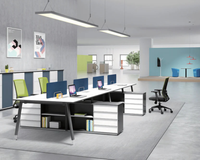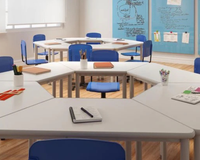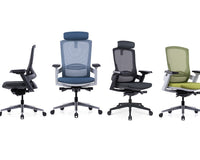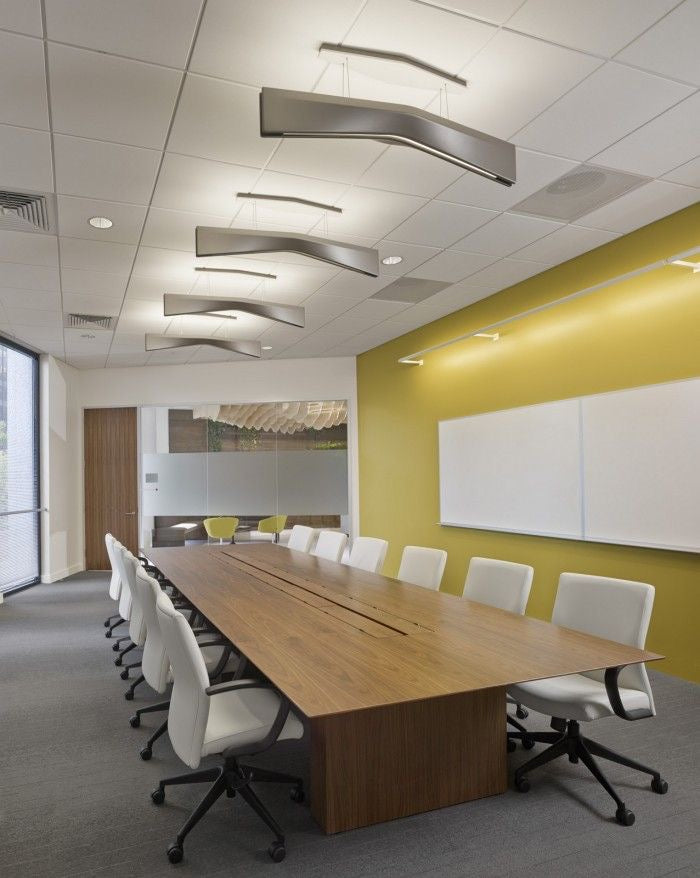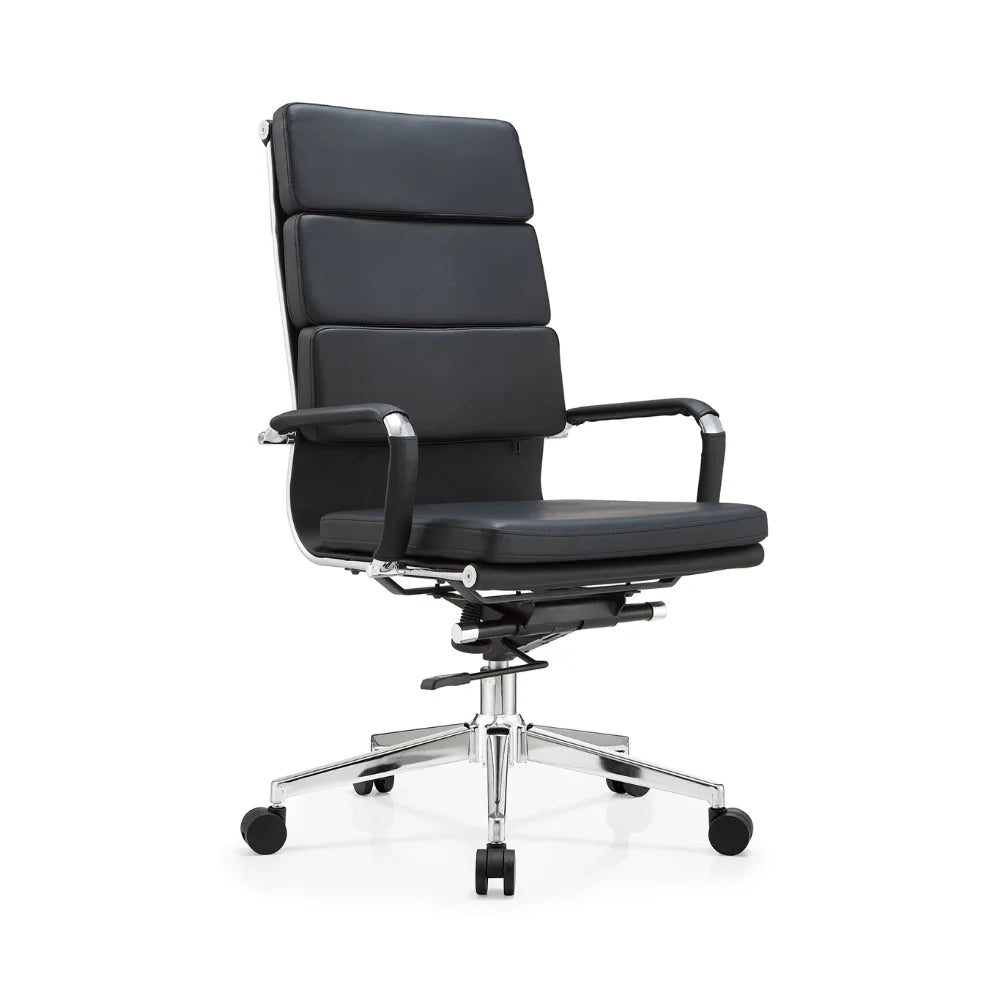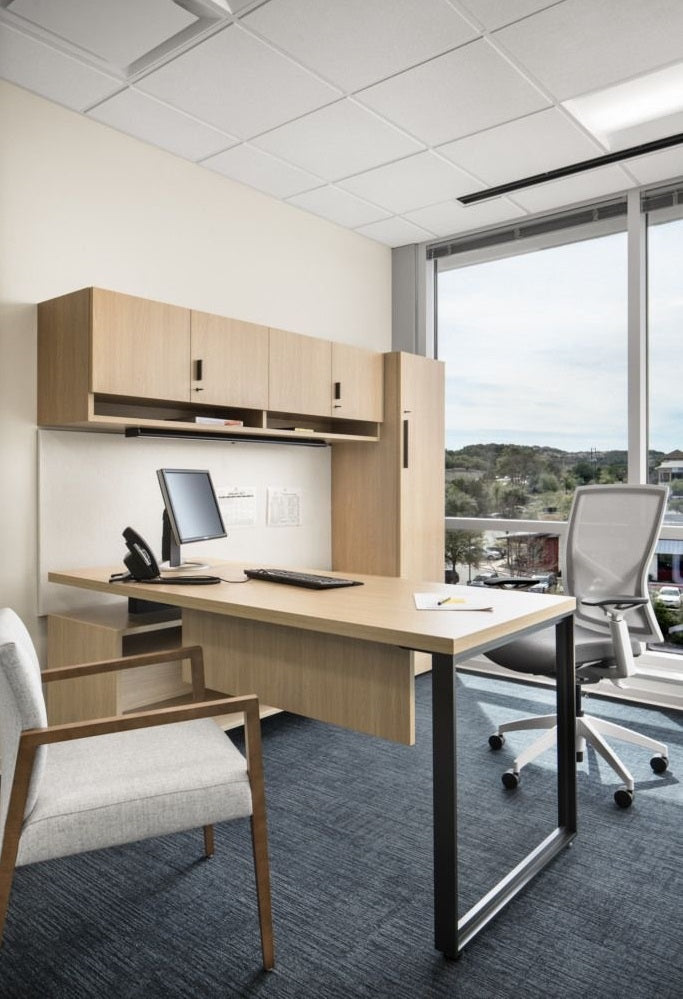Ergonomics is closely related to work efficiency and workplace comfort. The more comfortable your work environment, the more productive you will be and the better your health will be. Many ergonomic issues or common pain points can be addressed by improving existing office furniture.
Your back and your chair
There are many scientific reports that prove that sitting for a long time will have a negative impact on our health, but it is difficult to avoid sitting for a long time when working in the office, so it is important to have a goodErgonomic chair ergonomic chair andElectric height adjustable desk The adjustable height table is very important.
Seat height
When sitting in your chair, keep your back straight and let your arms hang easily at your sides. It's ideal if both feet are flat on the ground. Otherwise, you should use a footrest to ensure the chair back supports your back. Also, make sure there's 2-3 finger-lengths of space between the back of your knees and the edge of the seat; otherwise, it's bad for circulation.
Lumbar support
No chair is perfect, and no matter how good it is, sitting still for too long can lead to slouching. The key is to try to keep your spine straight and your shoulders relaxed.Ergonomic chairUsually comes with a very good lumbar support system.
armrest
It's a common mistake to rest your elbows on the armrests while you're typing. This only adds stress to your elbows and shoulders. Try to keep your elbows close to your body and your shoulders relaxed.
Monitor height
Keep your monitor at eye level to avoid raising your neck and shoulders. You can use a monitor stand to raise the monitor's height. Ideally, you should have about a forearm's length between you and the monitor, as long as you can clearly see the screen without leaning forward. If you're using a laptop, consider porting the image to a regular monitor.
Standing work
If used correctly, an electric height-adjustable desk can be very effective in reducing prolonged sitting. It's recommended that you alternate between standing and sitting positions between tasks. Remember that standing for too long can also damage leg muscles, tendons, and connective tissue. If you stand for long periods of time, consider using an anti-fatigue mat. This will reduce stress on your legs.
Other things to note:
Try to ensure your wrists are not bent or use a wrist rest. Remember to keep your mouse close to the keyboard. Keep your elbows directly under your shoulders as you work. If you frequently use your phone while looking at a monitor, use a headset to help prevent neck and shoulder strain.
Adequate lighting while working is also very important. Also remember the 20-20-20 rule: every 20 minutes, move 20 meters away from your monitor for 20 seconds. This rule will help avoid eye strain.
break
Finally, it is very important to take regular breaks. It is best to take a 1-2 minute break every 45 minutes to 1 hour, such as drinking a glass of water or chatting with colleagues.



